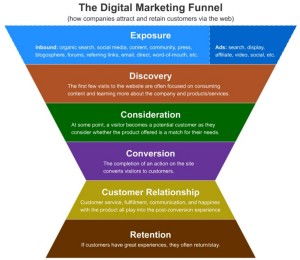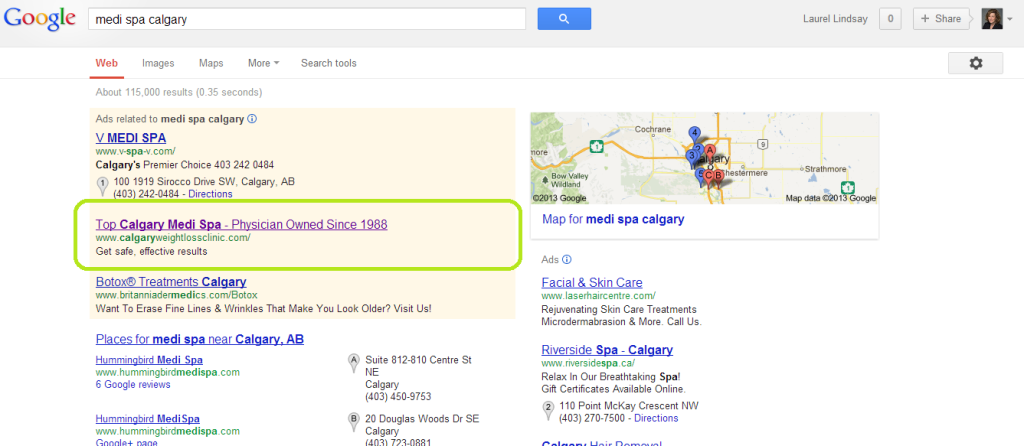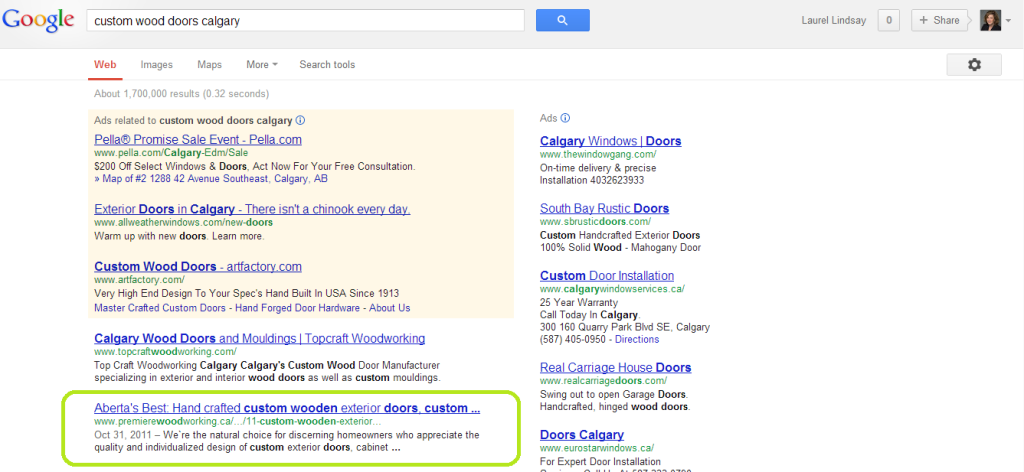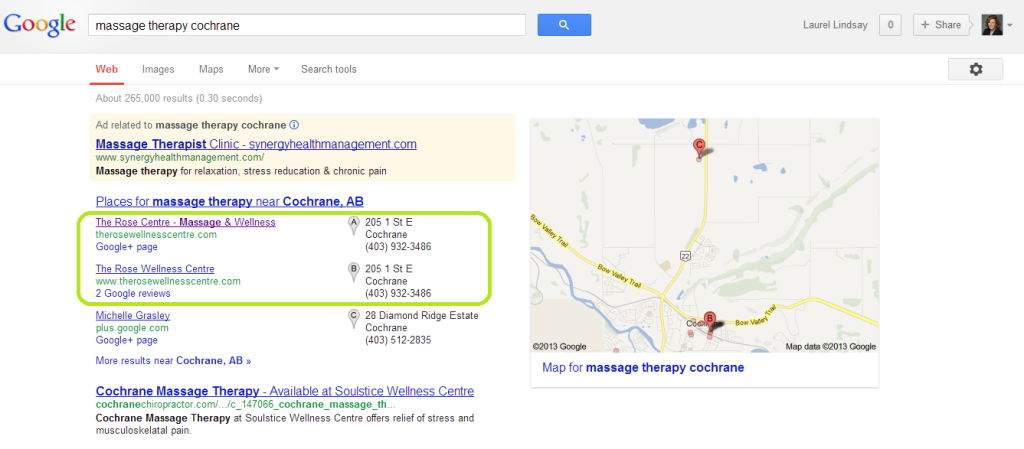Let’s talk about how to leverage social proof to influence your customer’s buying decisions.
What is the psychology of decision making? How does that fit into the new world of communication and how people research decisions?
Check out Laurel’s interview on CNN where she answers these questions and more:
A transcript of the interview is below:
There has been a powerful shift in consumer behaviour in the last 10 or so years.
Previously consumers didn’t have that much power when they were making a buying decision, they would have to go into a showroom and talk to a salesperson to get information.
With the advent and extremely huge adoption of web usage, consumers now have most of the power and are doing most of the pre-buying research before they even contact the business in question.
So, one of the things customers are looking for as they go through the buying process is social proof.
Social proof essentially provides trust that the business has done good work before and can be trusted to do so again.
The way that that is conveyed typically is social proof: testimonials, recommendations, credibility of having up to date website, presence on social media etc. More importantly that other people have interacted with the business and had a positive result.
In this transparent internet world, customers have the ability to submit reviews and testimonials and reviews basically anywhere on the web.
Consumers can review your business on google, Yelp, Facebook. What this does is affect your search rankings as a business owner on the internet.
The more positive reviews you have for example, on google the higher your business will rank over and above those that don’t have as many positive reviews.
It is one of the top ways people are able to vet your business and see if they will have a good experience. Its certainly recommended to get as many positive reviews as possible.
Also acknowledge any negative reviews you get. Let’s face it, you cant please everyone but by ignoring negative reviews it actually does more damage than simply addressing those concerns people have. it is tremendously affective in convincing your customers you do provide great service.
Q. How do product and service endorsements fit into the modern world?
Product and service endorsements are one of the most powerful ways to sell a new client or customer.
You can tell them all you want how great you are but having words come from someone you have done business with already, using their experience, will most precisely mirror the experience of your future customer.
To have older clients and customers positively reviewing you and going through the experience that they had will tick all the boxes in terms of addressing the concerns your future customers will have.
Q. There is an idea of a difference between implied and explicit endorsements. What is the difference between the two?
Implicit endorsement is something that is occurring a lot through social media.
For example, If you have a Facebook business page and you have 7 people like your photo, they are implicitly endorsing you as someone they do and would do business with and that they know, like and trust.
That is the power of social media and why it works so well. It could also be how many fans you have and followers on your youtube channel. It builds credibility.
Explicit endorsement are things like reviews and testimonials from past clients as well as any reviews you may have or items that would position you as a thought leader.
Any PR or being featured in magazines, interviews on TV stations like CBC, CNN etc, that is also very credible social proof that gets a bigger spread and impact.
If you found this post valuable, please share! And don’t forget to subscribe to my YouTube Channel





















